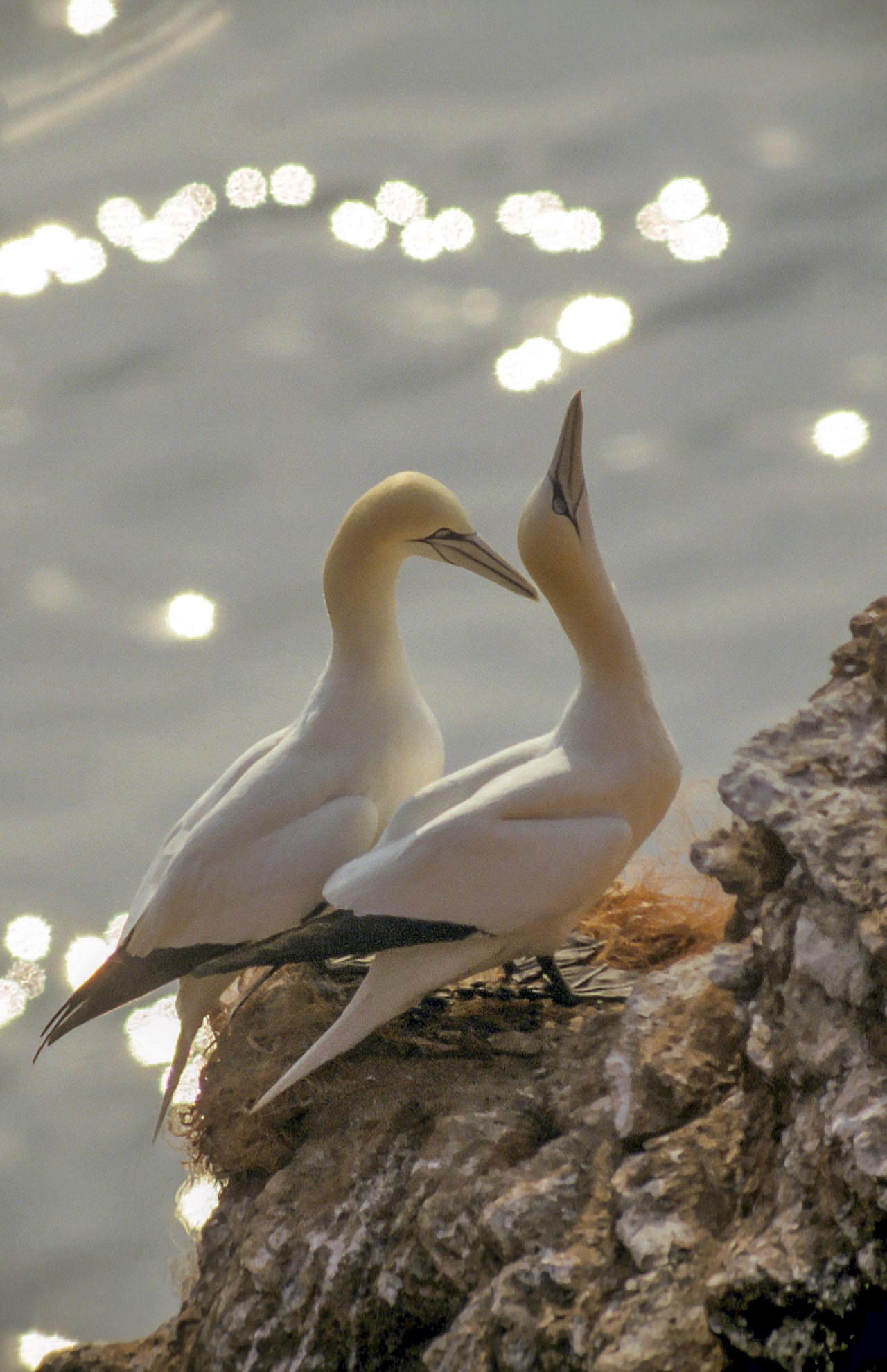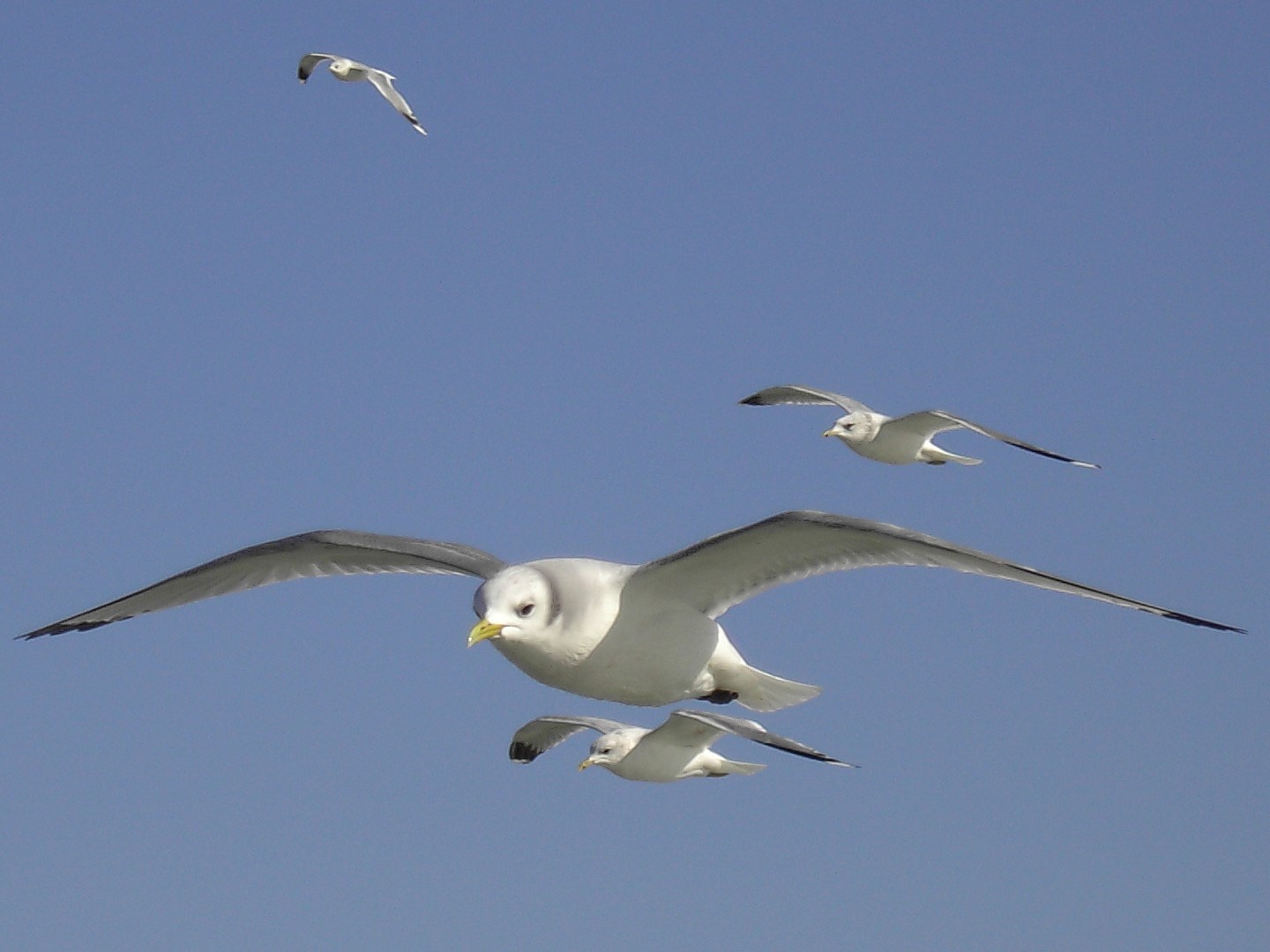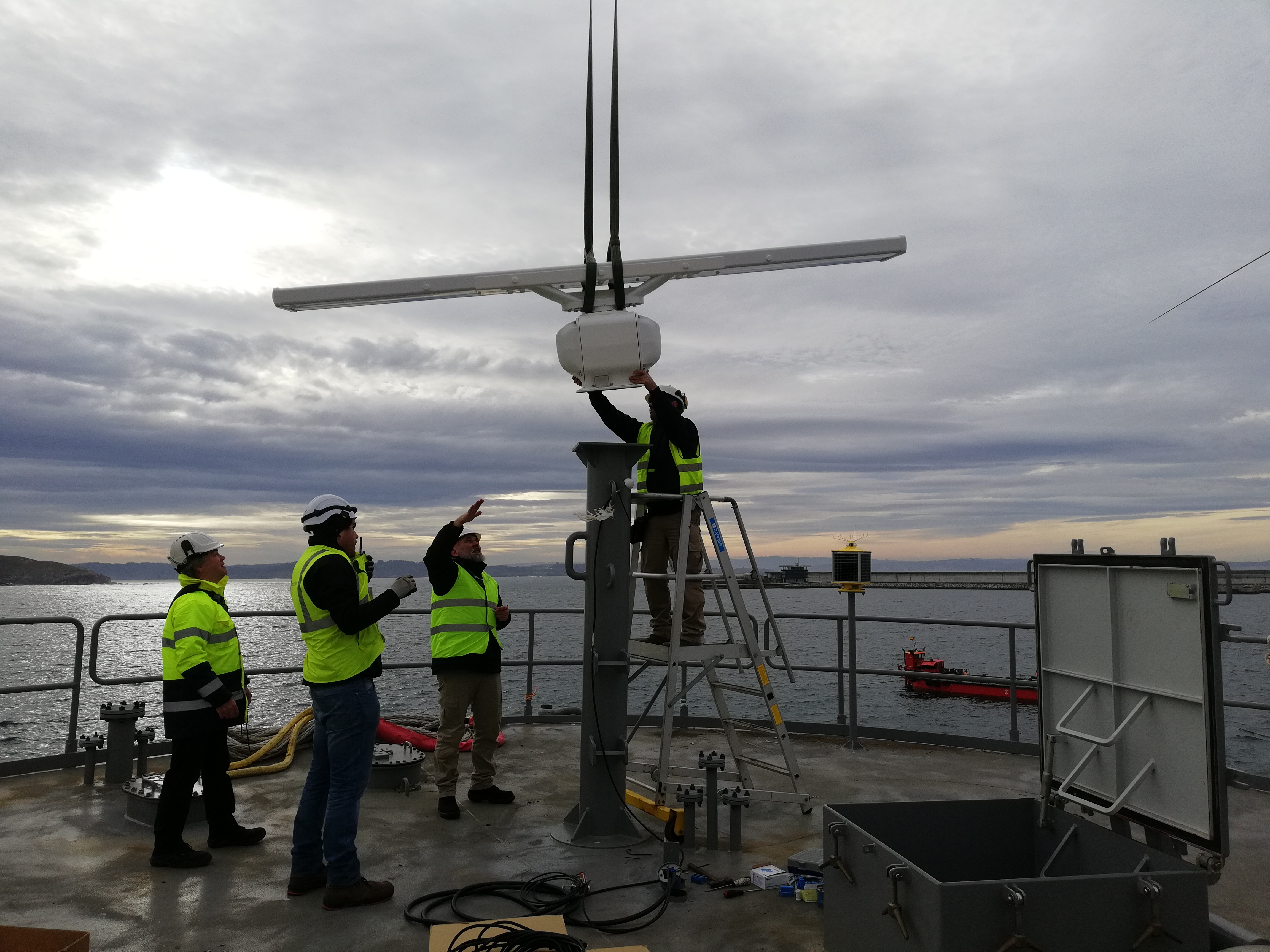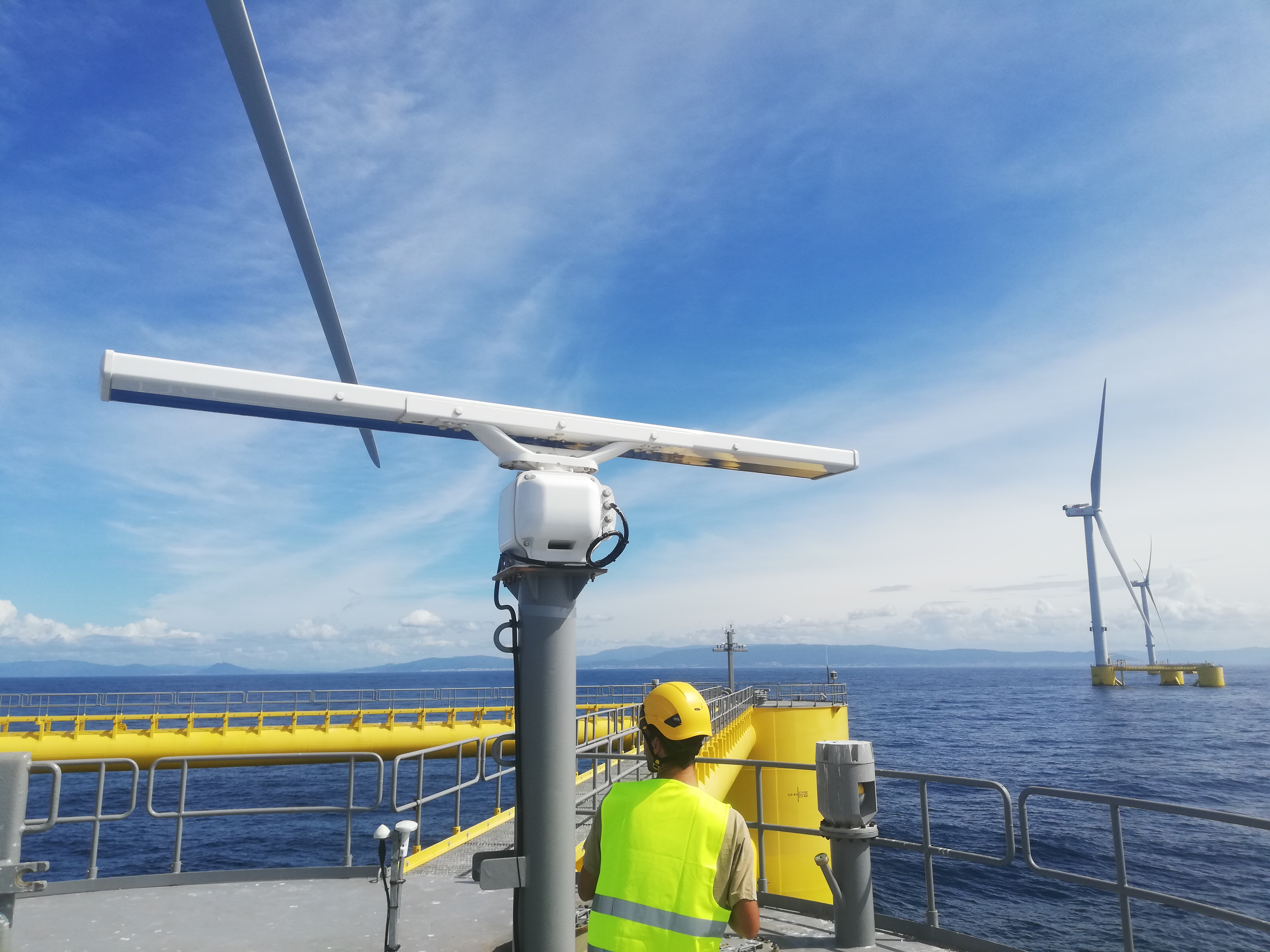Working closely with Tractebel company IMDC, a team from Tractebel Transmission & Distribution will assist in this unique project to monitor seabird interactions around offshore wind turbines in the Firth of Forth (Neart na Gaoithe), Scotland.
The study will be undertaken as part of the post-construction monitoring programs for the Forth and Tay Offshore Wind Farms of Neart na Gaoithe and Seagreen. Jointly funded by Neart Na Gaoithe, Seagreen and Berwick Bank offshore wind farms, the study aims to improve understanding of seabird behavior and interactions around operational offshore wind turbines with a focus on acquiring empirical measures of collision risk and three-dimensional flight behavior around wind turbines for the key bird species which occur in the project area.

Focal species are the northern gannet (Morus bassanus), above, and the black-legged kittiwake (Rissa tridactyla), below. Images ©Strix

For this purpose, nine wind turbines will be equipped with either a Collision Detection system for bird collision assessment and/or a Bird Track system for assessment of bird avoidance behavior.
The specific bird monitoring equipment that will be installed comprises: radars for bird monitoring at mid to long range, high resolution cameras for species identification and detailed movement analysis, and wide angle cameras with-near infrared illuminators for close range study of collisions or avoidance dynamics during the day and at night.
The main contractor on this innovative project is Strix, a leading specialist in avoiding bird mortality for the offshore and onshore energy sector.

Installation of specialized bird-monitoring equipment on-site.

Data collected from seabird monitoring instrumentation will serve to reduce the environmental impact of offshore wind farms.
“The study will improve our understanding of seabird behavior and interactions around operational offshore wind turbines, including acquiring empirical measures of collision rates, collision risk and three-dimensional behavior around operational offshore wind turbines. The focal species will be on the northern gannet (Morus bassanus) and black-legged kittiwake (Rissa tridactyla). Bringing this high-end monitoring instrumentation offshore is new to the renewables sector. Extending knowledge on seabird interaction with offshore wind farms in this way will allow for a more substantiated environmental assessment. This will support further development of offshore wind energy and potentially lower its impact on the environment.”

Kris Van Troos, Senior Advisor, Water, Tractebel company IMDC









